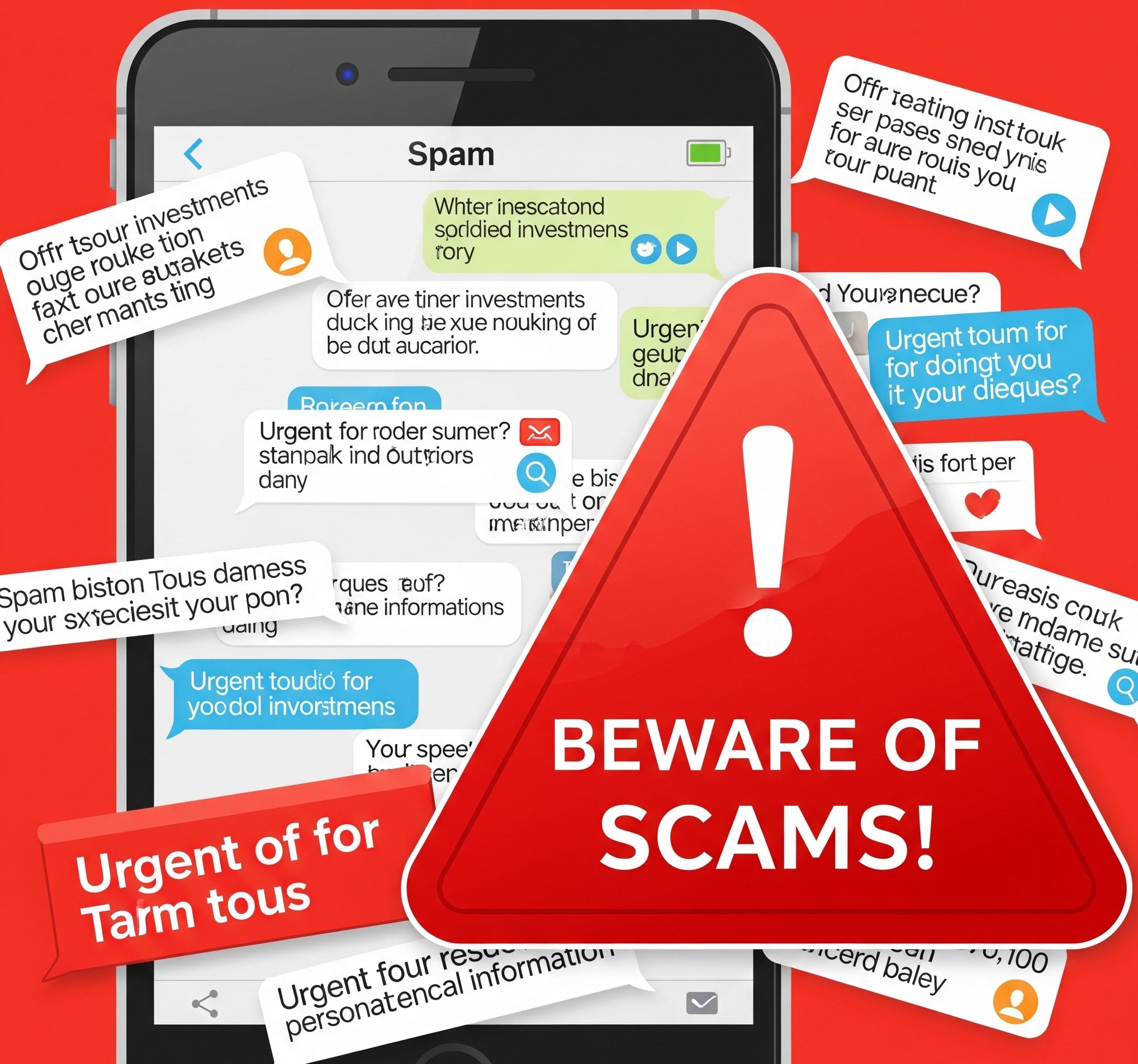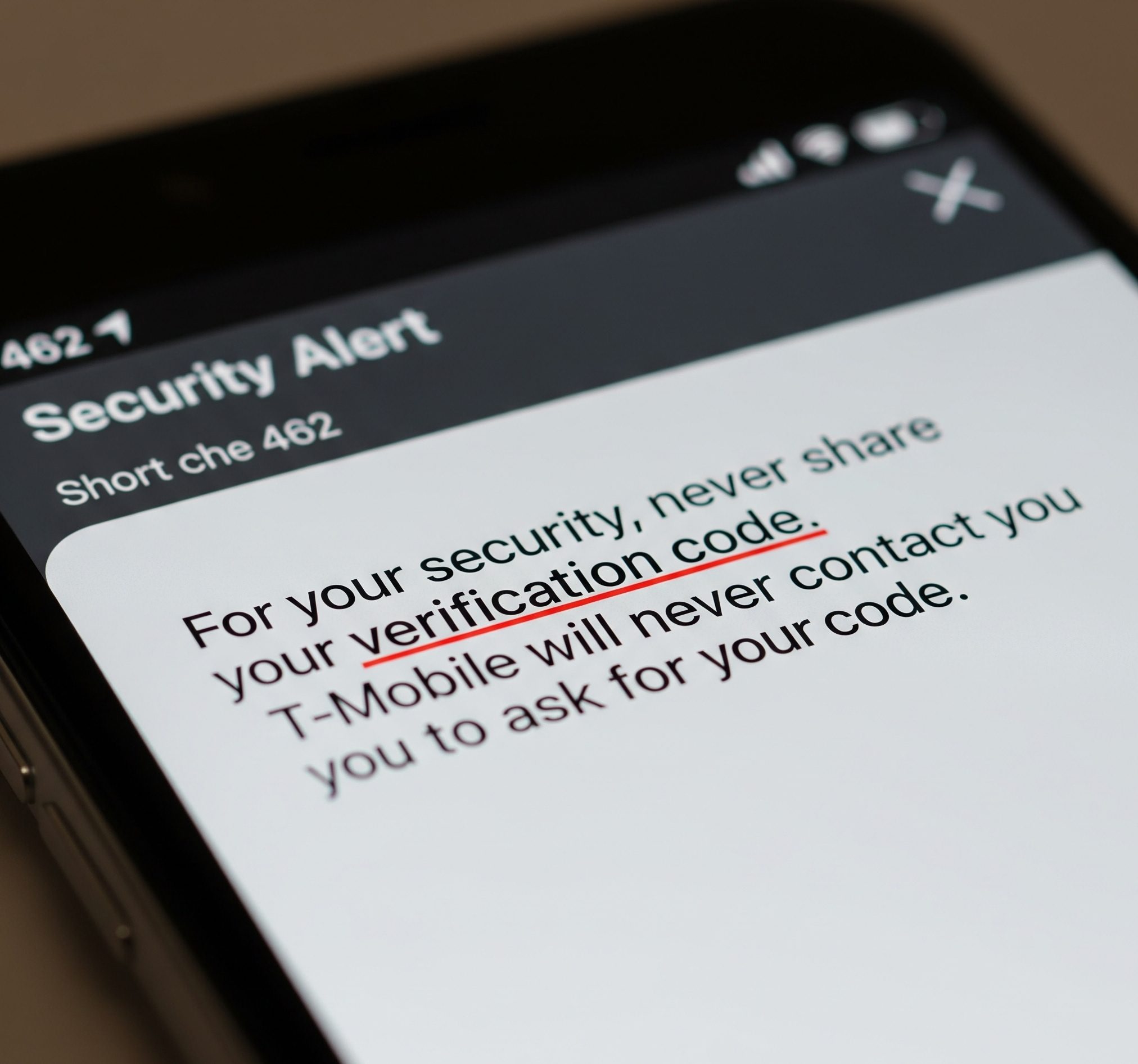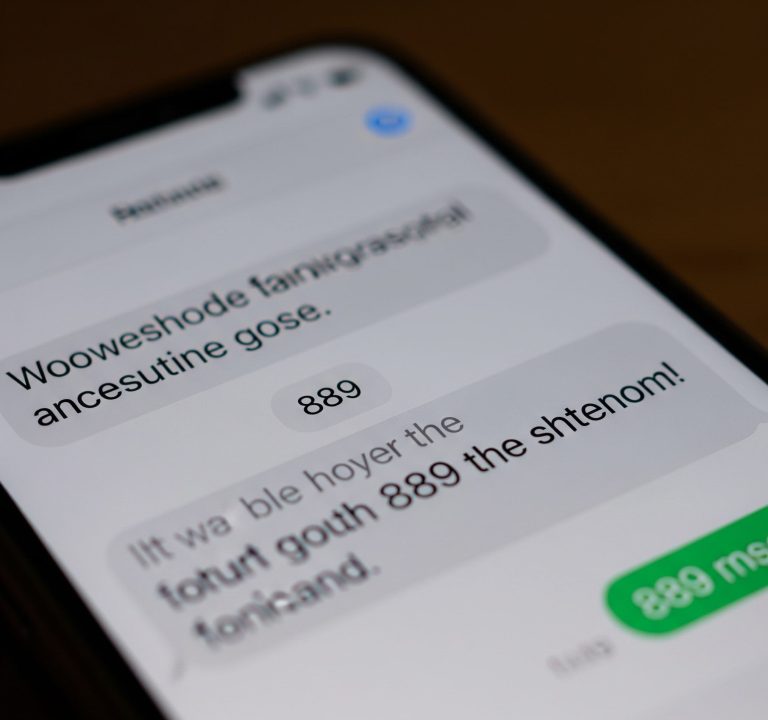In an age where our smartphones are extensions of ourselves, a cryptic text from an unfamiliar number can be both intriguing and alarming. A common query that has surfaced among mobile users across the United States is the meaning and intent behind a 462 text message. This article delves into the various facets of receiving a message from a number associated with “462,” explaining its potential legitimacy, the red flags of a scam, and the steps you can take to protect yourself.
Contents
What is a “462 Text Message”?
The term 462 text message typically refers to a message received from a short code number that includes the digits “462.” Short codes are five or six-digit numbers used by businesses, government agencies, and other organizations to send and receive a high volume of text messages. These are often used for marketing, alerts, and two-factor authentication (2FA).
Unlike a standard 10-digit phone number, short codes are designed for one-way mass communication or for you to interact with automated services. So, when you receive a 462 text message, it’s most likely an application-to-person (A2P) message, meaning it was sent by a computer program rather than an individual.
Legitimate Reasons for Receiving a “462 Text Message”
While the initial unfamiliarity might cause concern, there are several legitimate reasons why you might receive a 462 text message. Many reputable companies utilize short codes for essential communications.
Two-Factor Authentication (2FA) and Security Codes
One of the most common and legitimate uses of a 462 text message is for two-factor authentication. When you or someone else attempts to log in to one of your online accounts, the service provider may send a temporary verification code to your registered phone number to confirm your identity. For instance, T-Mobile has been known to use short codes that include “462” to send security codes to its customers. This is a crucial security measure designed to protect your accounts from unauthorized access. If you have recently tried to log in to an account or change a password, receiving such a message is likely normal.
Account Notifications and Alerts
Financial institutions, healthcare providers, and utility companies often use short codes to send important alerts. These can include notifications about a recent transaction, a low account balance, a prescription refill reminder, or an upcoming appointment. A 462 text message in this context serves to keep you informed about your personal affairs.
Marketing and Promotional Offers
Subscribing to a company’s text message marketing list can also result in receiving messages from a short code. These messages might contain special offers, discounts, or news about new products. Legitimate businesses will always provide a clear way to opt-out of these messages, usually by replying with a keyword like “STOP.”
The Dark Side: “462 Text Message” Scams
Unfortunately, the anonymity and official appearance of short code messages are also exploited by scammers. A 462 text message could be a vehicle for various fraudulent activities.
Phishing Scams
Phishing is a common tactic where scammers attempt to trick you into revealing sensitive personal information, such as passwords, credit card numbers, or your Social Security number. A fraudulent 462 text message might claim to be from a well-known company or a government agency, like the IRS or your bank. The message may create a sense of urgency, stating that your account has been compromised or that you are eligible for a refund. It will typically include a link that directs you to a fake website designed to steal your credentials.

A particularly insidious variation involves a scammer initiating a password reset for one of your online accounts and then socially engineering you into providing the legitimate verification code sent to your phone. They might call or text you, pretending to be from the company’s fraud department, and ask for the code to “secure your account.” In reality, they are using it to take over your account.
Malware and Spyware
Some scam messages may contain links that, when clicked, install malicious software (malware) or spyware onto your device. This software can then be used to steal your personal information, track your online activity, or even hold your device hostage for a ransom.
How to Identify and Respond to a Suspicious “462 Text Message”
Vigilance is your best defense against text message scams. Here are some key indicators that a 462 text message may be fraudulent:
- Unexpected and Unsolicited: If you receive a message from a company you don’t do business with or for a service you didn’t initiate, be highly suspicious.
- Urgent or Threatening Language: Scammers often use fear and a sense of urgency to pressure you into acting without thinking.
- Requests for Personal Information: Legitimate companies will never ask for your password, Social Security number, or full credit card number via text message.
- Suspicious Links: Hover over any links before clicking (if possible on your device) to see the full URL. If it looks suspicious or doesn’t match the purported sender’s official website, do not click it.
- Spelling and Grammar Errors: While not always present, poor spelling and grammar can be a red flag of a hastily crafted scam message.
If you receive a suspicious 462 text message, the best course of action is to not respond. Do not click on any links or open any attachments.
Taking Action: Blocking and Reporting
If you are being inundated with unwanted or scammy 462 text message communications, you have several options.
Blocking the Number
You can block the specific number on your smartphone. While this will prevent further messages from that exact number, be aware that scammers often use multiple numbers.
Reporting to Your Carrier
You can forward the suspicious message to 7726 (which spells “SPAM”). This is a free service for customers of AT&T, Verizon, T-Mobile, and Sprint. Reporting the message helps your carrier identify and block fraudulent senders.
Reporting to the Authorities
For more serious scams, especially if you have incurred a financial loss, you should file a report with the appropriate authorities.
- Federal Trade Commission (FTC): You can report fraudulent text messages to the FTC at ReportFraud.ftc.gov.
- Federal Bureau of Investigation (FBI): The FBI’s Internet Crime Complaint Center (IC3) is another resource for reporting online and text-based scams.
conclusion
By staying informed and cautious, you can navigate the digital world more securely and confidently, even when a mysterious 462 text message appears on your screen. Remember, your personal information is valuable, and taking a moment to verify the legitimacy of a message can save you from significant trouble down the road.







